New nature parks given green light
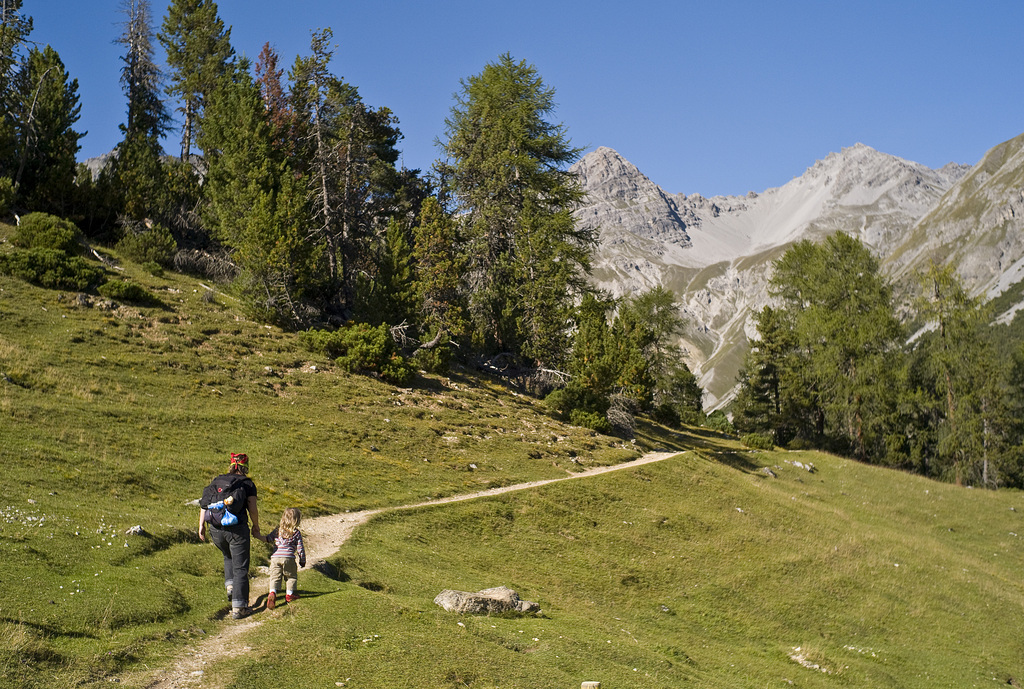
The Federal Environment Office has approved bids to create four new regional nature parks, bringing to 15 the number of nationally supported reserves covering more than 11 per cent of Switzerland’s territory.
The Beverin, Pfyn-Finges as well as the Doubs and Jura Vaudois parks are to be established next year.
The new reserves of 1,417 square metres are spread over 71 communes and in eastern, as well as northwestern and southwestern Switzerland and have more than 120,000 inhabitants, according to the environment office.
However, in some cases cantonal zoning construction plans needed to be adjusted and approved by the government.
Moves are also underway to set up a second national park which is subject to stricter regulations than the regional nature parks.
The Adula Park in canton Graubünden and the Locarnese Park in southern canton Ticino have put in bids to become national parks, but their requests are still being considered by the authorities.
Since January of 2012, the government has had an annual budget of SFr10 million ($10.4 million) to spend on setting up new national and regional parks.
A new marketing campaign with the tagline “Swiss parks: closer than you think” is tied to the new park funding and seek to make the brand better known among tourists and Swiss visitors.
Switzerland lags behind many other countries including its European neighbours in the creation of regional parks. Germany, for example, has more than 100 regional nature parks and another dozen national parks, covering a quarter of the country’s landmass.
The Swiss-based International Union for the Conservation of Nature (IUCN) recognises the importance of regional nature parks. These “lived-in landscapes are so important for conservation and sustainable development that they deserve special protection”, the IUCN says.
“As protected areas based on the interactions of people and nature over time, these places sustain biological and cultural diversity.”

In compliance with the JTI standards
More: SWI swissinfo.ch certified by the Journalism Trust Initiative
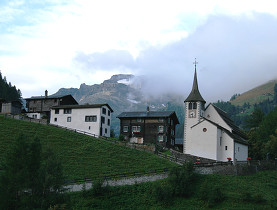
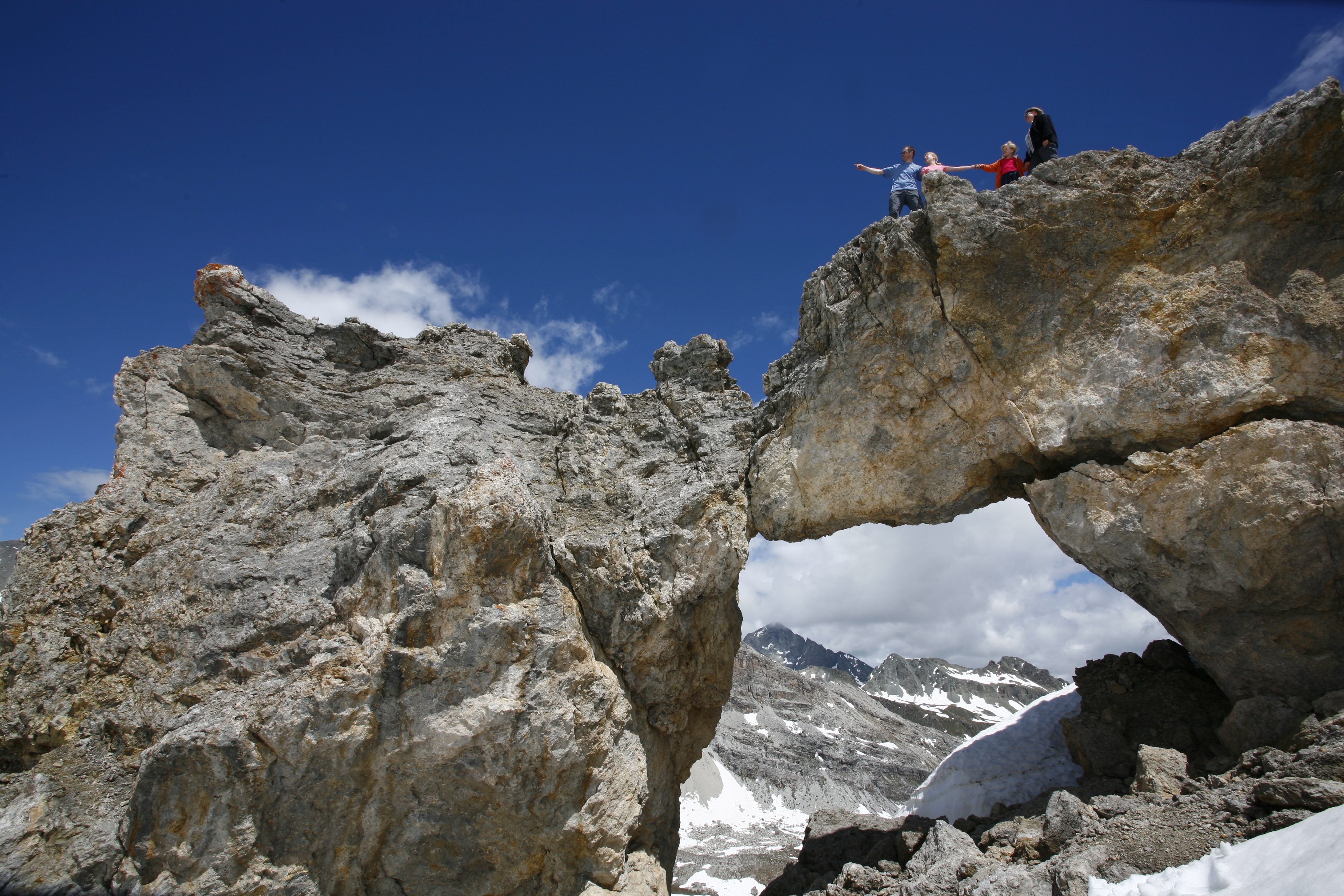
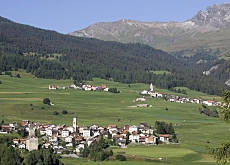
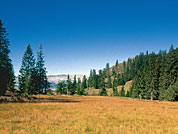
You can find an overview of ongoing debates with our journalists here. Please join us!
If you want to start a conversation about a topic raised in this article or want to report factual errors, email us at english@swissinfo.ch.